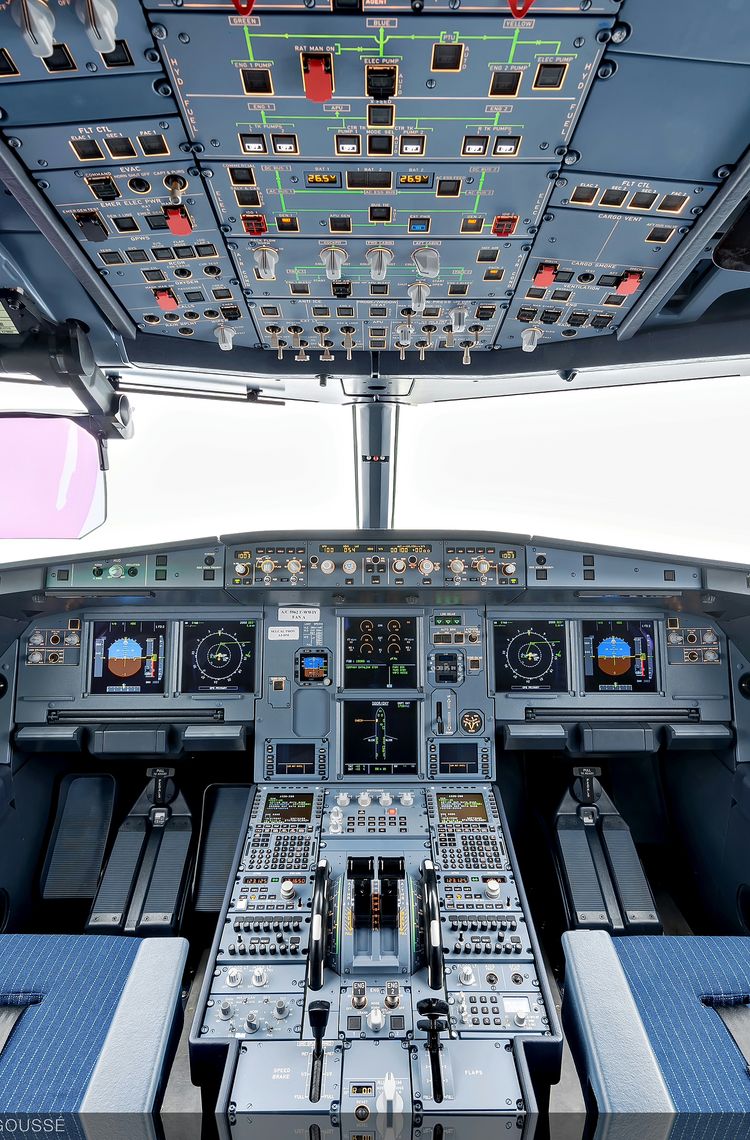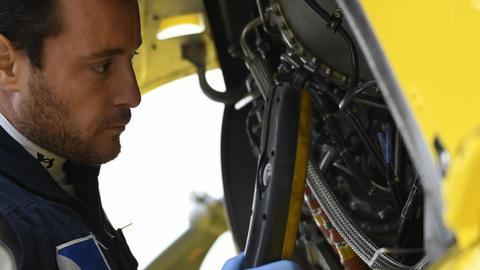It’s a fact, our industry has achieved huge improvements in safety since the 1950s, especially over the last three decades, and technology has made a significant contribution in ensuring that the safety records of the whole aviation industry have very significantly improved.
In this series, we revisit some of the innovations that have provided a significant step change in improving the safety of our products. Let’s start with fly-by-wire.
What is it? We call fly-by-wire the flight control systems which use computers to process the flight control inputs made by the pilot or autopilot, and which send corresponding electrical signals to the flight control surface actuators. This technology replaces direct mechanical linkage.
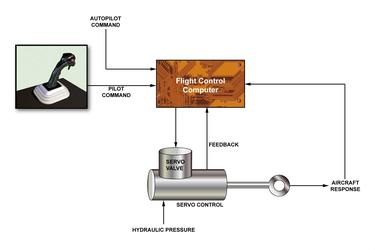
Among other advantages such as weight saving by removing cables, pulleys and rods, fly-by-wire has allowed to improve safety, reliability and aircraft manoeuvrability.
First developed on military aircraft and on Concorde, fly-by-wire technology has equipped all Airbus aircraft including A220 since the first A320, back in 1988 and the most modern version of concurrent aircraft, such as the B777, B787 and Embraer E-jets.
Designated as the fourth-generation aircraft, the planes that have been operated since then have accumulated over 30 years of in-service experience. This represented more than 200 million accumulated flights at the end of 2021 by a fleet of more than 14,500 aircraft in service, which is a strong statistical basis. Fly-by-wire has significantly improved aircraft safety and operations efficiency.
For more information, please visit our history section.
Safety Innovation series
Continue Reading
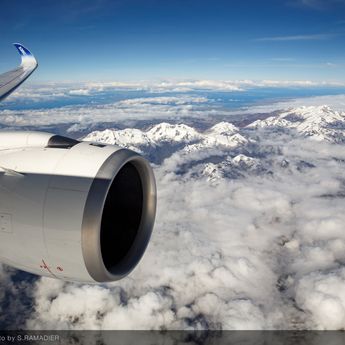
Airspeed information, whatever the conditions
Web Story
Safety
Airbus has developed a system which improves management of unreliable airspeed events.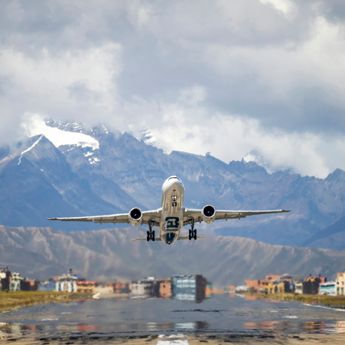
How to make takeoff safer
Web Story
Safety
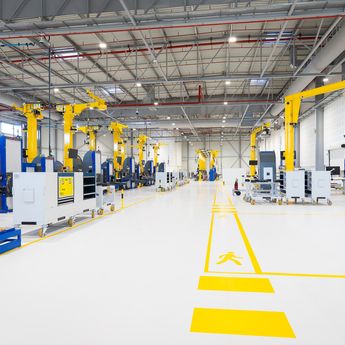
A new workshop designed with safety in mind
Web Story
Safety
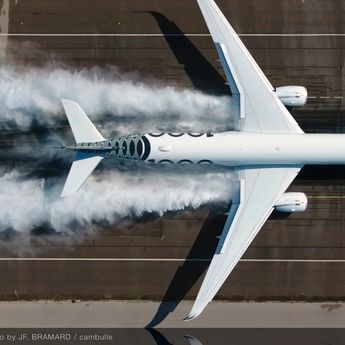
Using aircraft as sensors to prevent runway overrun
Web Story
Safety
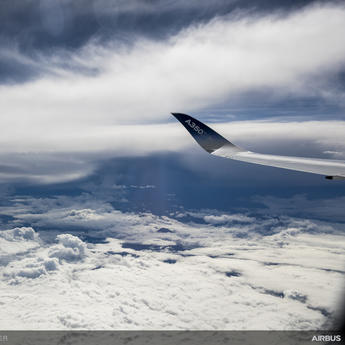
Severe weather hazards: the best is to anticipate and avoid
Web Story
Safety
